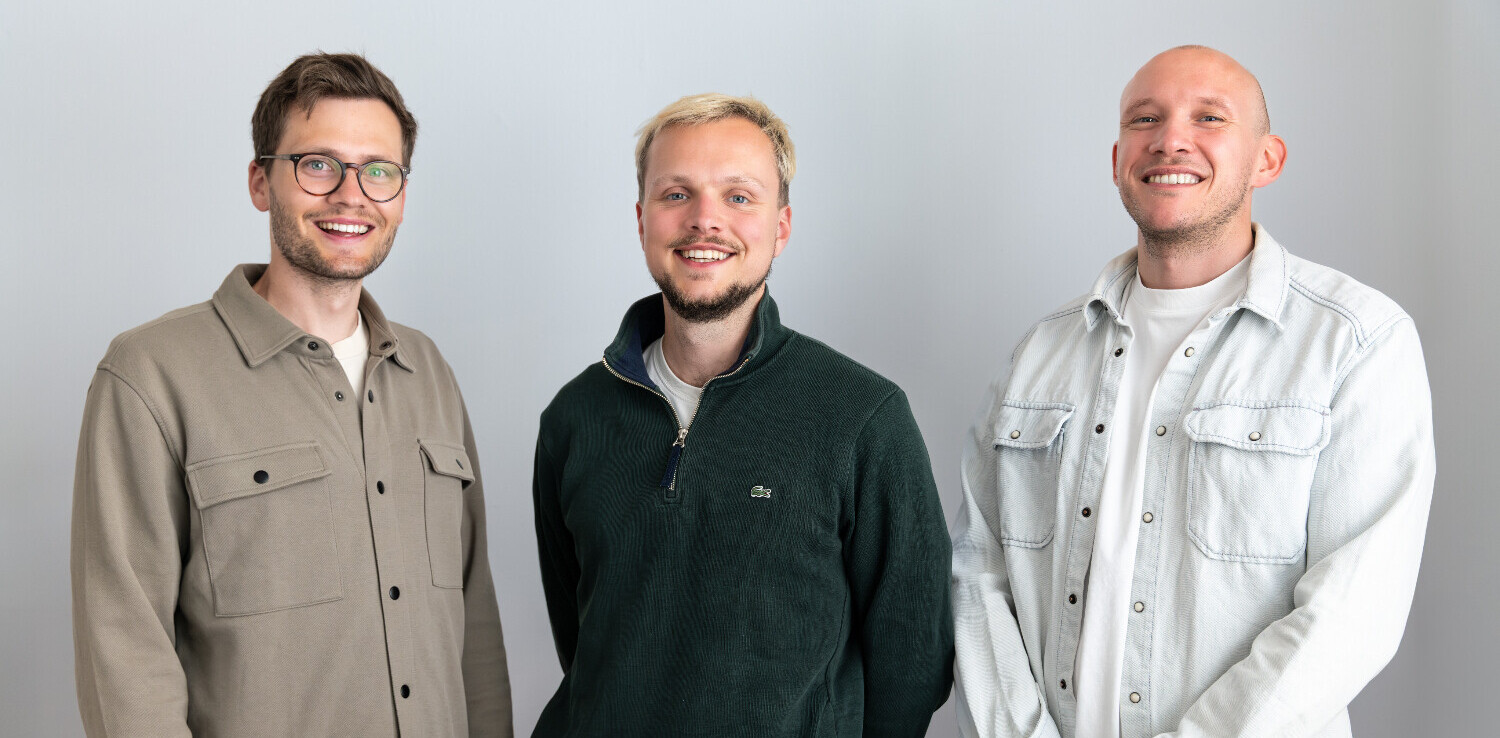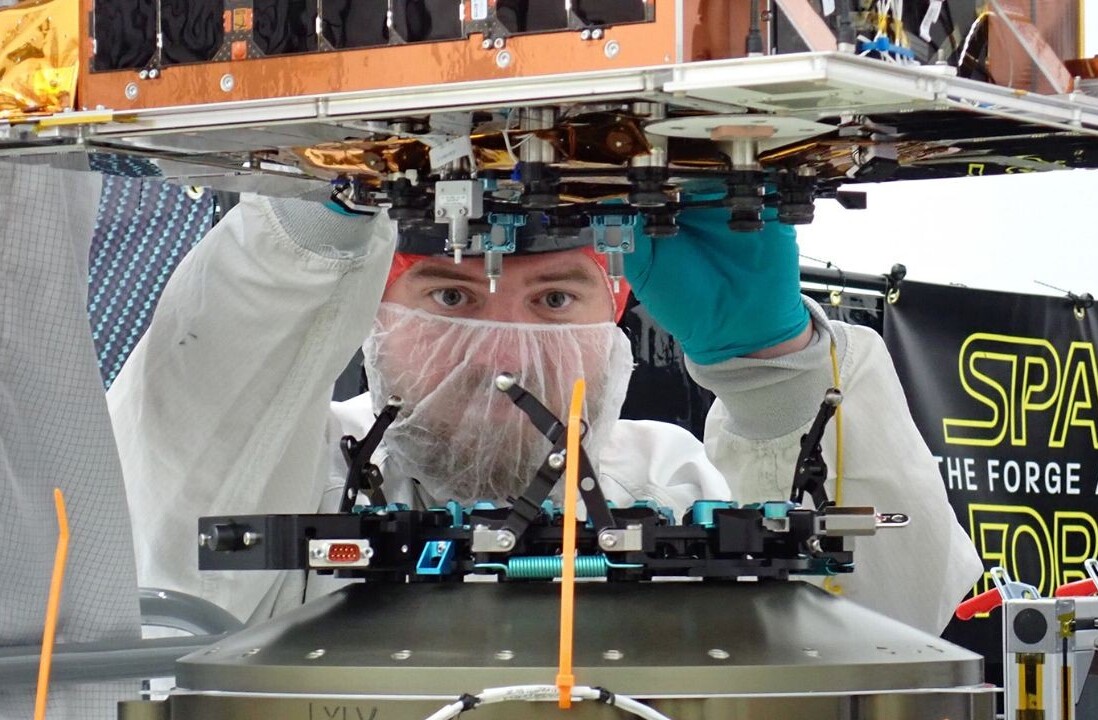
Confirming widespread news reports earlier in the week, the European Commission has today officially announced plans for investment in high speed broadband for the European Union, as it aims to get all member states on at least 30Mbps connections by 2020.
A new ‘Connecting Europe Facility’ is being launched with a €9.2bn funding package to be spent between 2014 and 2020. In addition to helping to introduce faster Internet connections across the Union with a budget of €7bn, the Facility will work to make sure that public services that are made available by individual governments are compatible with those of other member states – for example, cross-border eGovernment and e-Health services or coordinated responses to cyber-threats.
European Commissioner for the Digital Agenda, Neelie Kroes said in a speech in Warsaw today, “Our global competitors are moving quickly in this direction, and we must respond and keep the lead.” She added that the facility would “Stimulate growth, transform the economy, and prepare our society for a digital, innovative future.”
Kroes also pressed for European politicians to “build the rails on which future communications will run”, and enable Europe to make the leap ahead to 4G systems – something the EU is currently behind the USA on.
In addition to the €9.2bn investment, the Commission hopes that through leveraging other private and public funds, the money set aside for broadband infrastructure could generate between 50 and 100 billion euros investment in total.
How it works
In a press release today, the Commission has revealed plans for how the money would be spent. The €7bn for high speed broadband won’t be cash. Instead, private and publicly-funded projects to improve connectivity within the European Union will be able to call on the fund as equity, debt or guarantees. This, the European Commission says, will give these projects additional credibility and lower the risk of rolling them out. It’s also hoped that the funding will exert competitive pressure on telecoms network companies to invest in their own networks.
The Commission expects traditional telecoms firms to bid for the investment, along with slightly les conventional players, such as water, sewage, electricity utilities, cooperative investment projects or construction firms. It says, “The aim is to support investment in less obviously attractive broadband infrastructure projects, especially those outside urban or densely populated areas.”
The European Commission’s Digital Agenda project aims for the whole of Europe to have a minimum of 30Mbps connections by 2020, with at least 50% of households subscribing to speeds of over 100Mbps.
The proposals announced today by the Commission proposals will be submitted to the European Parliament and the EU’s Council of Ministers for adoption.
Get the TNW newsletter
Get the most important tech news in your inbox each week.





